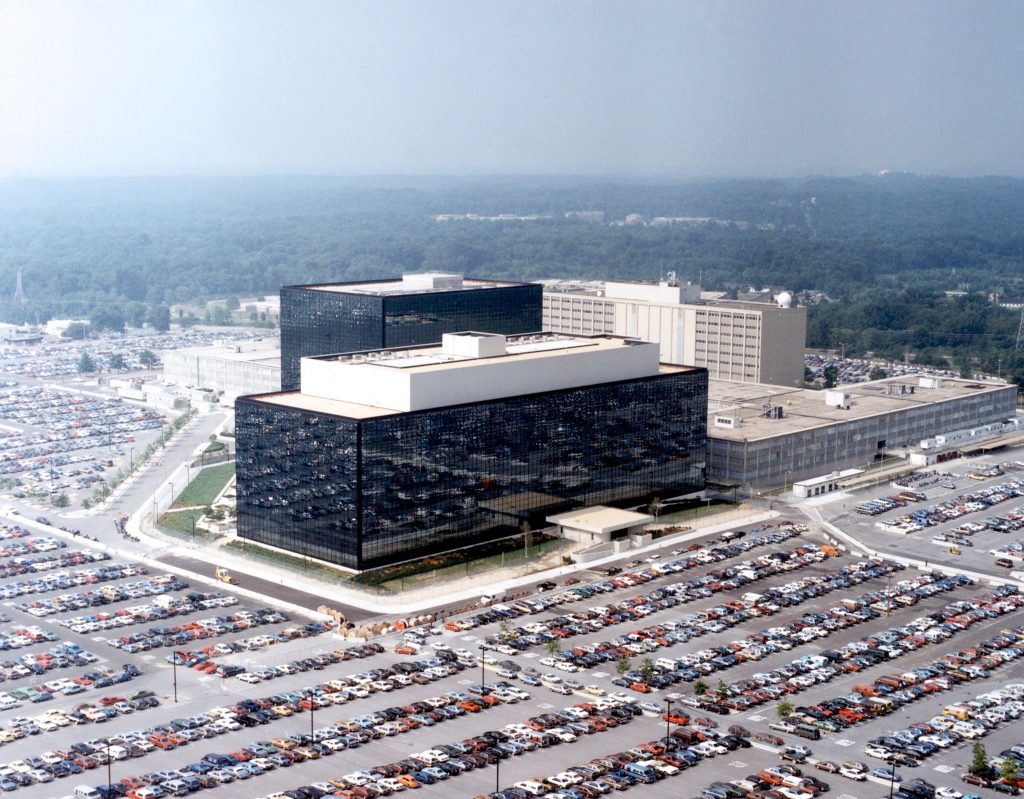The federal government faces a nearly 24/7 onslaught of cyberthreats. Cybersecurity has become a risk management contest, and the National Security Agency (NSA) must especially consider it because anything that can be controlled digitally is part of the modern battlefield.
According to Marianne Bailey, the NSA’s Deputy National Manager (DNM) for National Security Systems (NSS), there are eyes on cybersecurity throughout the federal government. Agencies want to be active leaders in cybersecurity, and they need solutions that are scalable and interoperable. Cybersecurity is a big deal because it’s an equalizer when it comes to affecting an outcome. The government spends a significant amount of money combatting cyberthreats that often cost very little to deploy. But the cost incurred by cyberthreats per year comes to about $500 billion, according to Bailey.
NSA is now pushing toward enterprise solutions. The agency is not as homogeneous as people may think, Bailey said at the Future of Technology Summits on April 9, because it operates millions of devices developed in every generation imaginable. The agency is inter-operating with other nations and needs the technology that will allow for thriving in all environments.
One way that NSA has bolstered its defense capabilities against potential threats involved a threat intelligence initiative with the Defense Department (DoD). The staff at both agencies looked at what threats were the highest priority. They mapped every cyber intrusion observed over the past three to five years by laying out how the adversary got in, how they maneuvered, and what they did in the end that made them successful. They laid everything out and evaluated how prepared they were for future threats.
Ultimately, they found that the endpoint was where most threats were most successful, so they took the $50 million that they were going to invest in the midpoint and moved it to the endpoint.
The result was the .gov Cybersecurity Architecture Review (.govCAR) tool, and NSA officials are working with industry to make it an automated tool.
In addition, NSA faces a considerable demand for information sharing. Mobility is a priority, the agency is pushing to cloud, and executives want everything sensor-enabled and threat aware. The cyber workforce is also a challenge. There are not enough trained personnel to meet demand, and there are far fewer women in the field than men.
NSA has incredible data access management and encryption, Bailey pointed out, and the agency’s staff has done a lot of work on insider activity. “We’ve taken a strategic approach to what we’re looking at,” Bailey stated.
Agency IT personnel have developed algorithms with expected applicability for the next 20 to 30 years, and the end of that lifecycle is fast approaching. Overall, NSA strives to use technology to bolster cybersecurity and meet agency goals.
“We want to use technology better, faster and more efficiently,” Bailey said.
